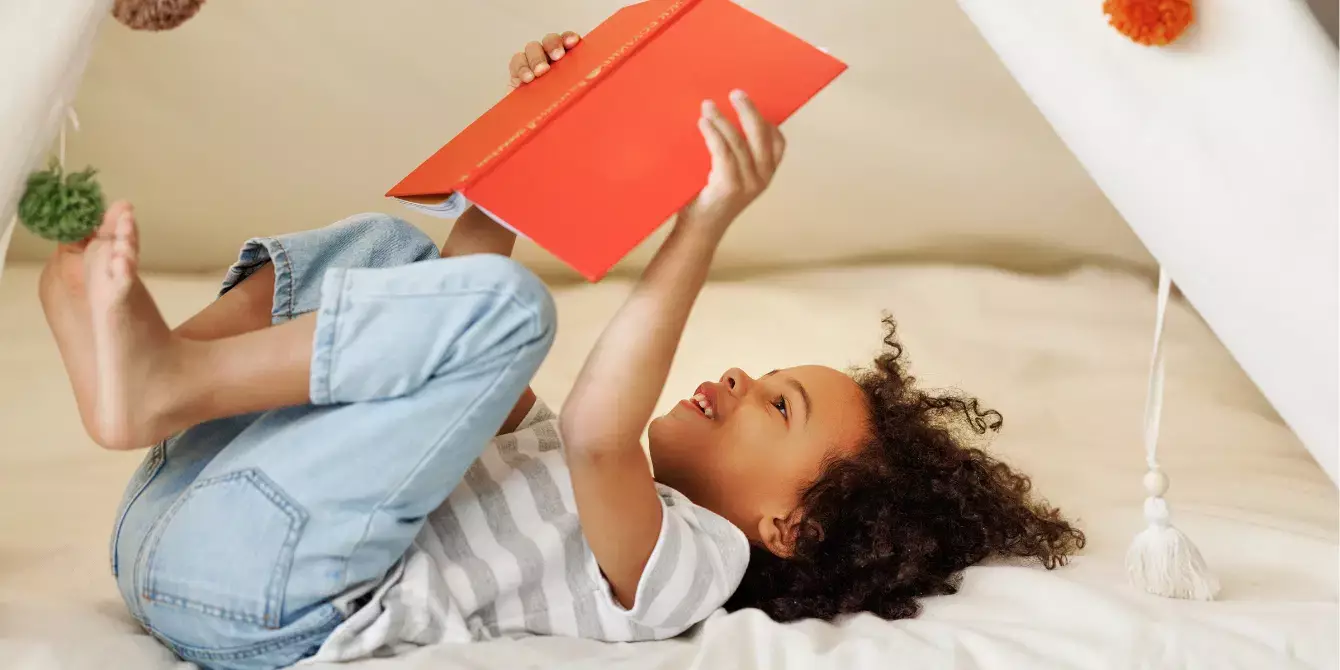Reflecting on my upbringing in the countryside, I often find myself amazed at how much has changed in the landscape of childhood experiences today. Raised in an environment where consistent internet access was absent until my college years, I relied on print media and my flip-phone’s T9 for entertainment. In stark contrast, my children have been enveloped in a world where technology is ubiquitous—a landscape dominated by smart gadgets and constant connectivity from infancy. As children navigate this digital realm, societal narratives that depict television and technology as adversaries of reading can be misleading and reductive.
It’s common to encounter sentiments that vilify screen time while putting reading on a pedestal. However, these two activities do not have to exist in opposition to one another. My personal experiences reveal that they can coexist harmoniously. I cherish weekends where my toddlers and I bask in the glow of our television watching beloved classics like “Toy Story,” only to subsequently dive into cherished picture books like “The Very Hungry Caterpillar.” Thus, the provisions for a rich experience of literature can be crafted within a landscape that includes other forms of entertainment.
Each bedtime ritual weaves stories into the fabric of our daily lives—a dependable constant that gently ushers my kids into slumber. However, the beauty of reading transcends mandatory engagements. I often encounter days when reading is met with reluctance from my little ones—such resistance is equally familiar to me as an adult reader. There exist moments when a light-hearted diversion in the form of ‘trashy’ television calls to me more than the allure of the written word. In such cases, forcing the issue may breed resentment rather than enjoyment.
Instead of establishing rigid rules, I allow flexibility in our reading habits. Enabling my children to dictate the reading flow fosters a love for the activity rather than an obligation. Some mornings may afford us the pleasure of perusing an extensive pile of picture books, while others might allow for complete detachment from literature until sleepytime. By integrating reading as one among many recreational activities—such as exploring nature or engaging in artistic pursuits—we cultivate an environment where reading is recognized as a delightful part of life rather than a chore.
The visibility of reading in our household plays a pivotal role in shaping my children’s attitudes toward literature. They witness my constant companionship with various books; my literary escapades seamlessly intertwine with daily life—whether I’m cooking, showering, or unwinding. These moments construct a familiar narrative that outlines reading as an organic part of me, rendering it equally inviting for them. My children regard reading with eagerness—a sentiment that warms my heart; they can often be found reverently flipping through my books, exclaiming that they, too, are “reading like Mommy.”
Although I do not deem myself particularly resourceful in crafting educational activities adjacent to our reading sessions, I find substantial support at our local library. The library’s environment fosters a spirit of exploration, imbued with imagination by dedicated librarians who bring books to life in innovative ways. When we read about groundhogs, we engage in crafts that meld creativity with stories, thereby further igniting their enthusiasm for reading exploration.
Children’s literature thrives on diverse engagement methods. Interactive books with sensory components are delightful; they bridge the gap between passive reading and active exploration. My 18-month-old delights in textured pages, while my three-year-old demonstrates impressive skill by matching buttons to images, thereby enhancing their sensory experience. This independent discovery fuels their love for reading without necessitating my involvement, empowering them to find joy therein.
One significant aspect of reading that deserves recognition involves repetition. While I find myself grappling with the urge to bypass certain children’s books that I hold in less-than-favorable regard, my toddlers relish these repetitive stories. Their fervor for repeated enjoyment fosters independence as they begin to emulate storytelling, absorbing rhythms and patterns that cultivate a sense of ownership. Indeed, watching my children engage with familiar narratives reflects the profound power of literature to inspire creativity and connection.
Nurturing a love for reading doesn’t have to be a strict regimen. We can allow our children to explore both beloved classics and new tales while blending these experiences with elements such as art, nature, and digital media. The overarching goal is to instill the understanding that reading is a passion—a journey that we share and enjoy rather than a task to be completed. By embracing flexibility and modeling a love for literature ourselves, we pave the way for the next generation to find delight in stories that will accompany them throughout their lives. Through this harmonious coexistence of reading and technology, we enrich their lives—and ours—in immeasurable ways.

